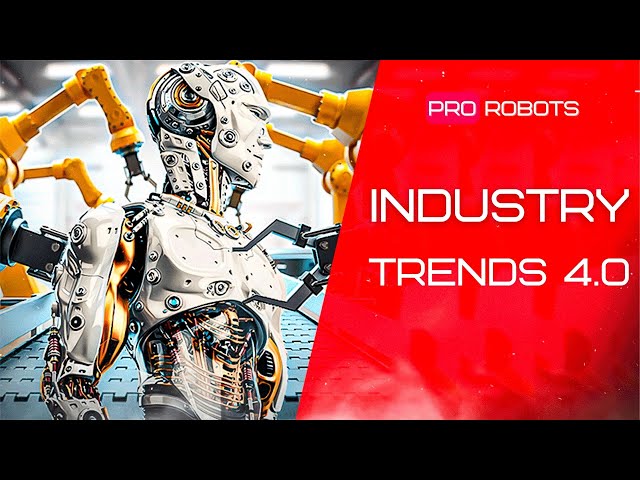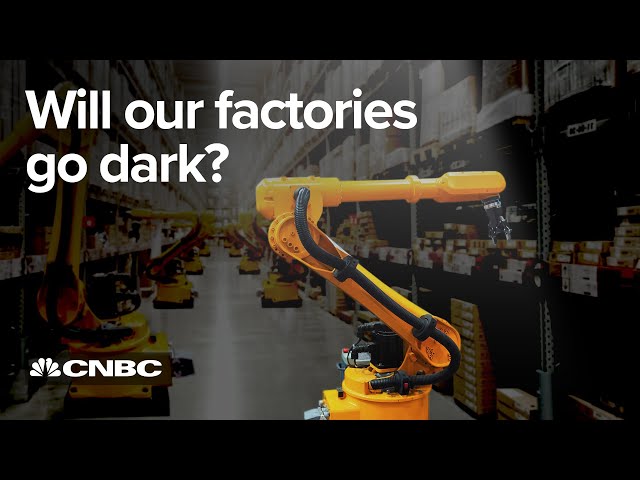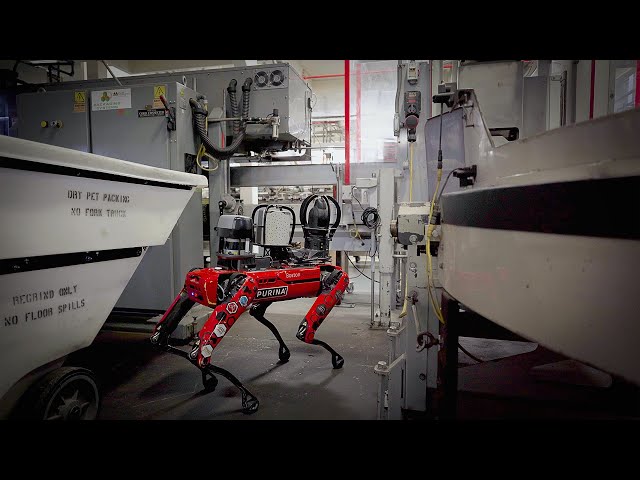Watch an army of artificial intelligence logistics robots sort hundreds of parcels per hour.
An army of artificial intelligence (AI) logistics robots can sort hundreds of parcels per hour by using a combination of advanced technologies and algorithms. Here’s how it might work:
- Item recognition: The robots use computer vision and machine learning algorithms to quickly and accurately identify and locate each parcel. This might involve using cameras and sensors to scan barcodes or RFID tags, or using deep learning algorithms to recognize specific features of the parcels.
- Item sorting: Once the robots have identified and located each parcel, they use advanced algorithms to determine the most efficient sorting strategy. This might involve grouping similar items together, prioritizing certain types of parcels over others, or sending parcels to specific locations based on their destination.
- Navigation: The robots use advanced navigation systems, such as SLAM (Simultaneous Localization and Mapping) to navigate the warehouse and locate specific parcels and destinations.
- Mobility: The robots are equipped with various types of mobility mechanisms such as wheels, tracks, or legs, to navigate the warehouse and pick up and transport parcels to their designated location.
- Coordination: The robots are able to communicate and coordinate with each other to optimize their movement and work together to complete the sorting process as quickly and efficiently as possible.
- Learning and Adaptation: The robots are programmed to learn from their past experiences and adapt to changes in the warehouse environment and parcel traffic, so they can continually improve their performance over time.
Overall, an army of AI logistics robots can sort hundreds of parcels per hour by using a combination of advanced technologies and algorithms. These technologies include computer vision, machine learning, advanced navigation, and coordination, which enables the robots to quickly and accurately identify, locate, and sort parcels with high efficiency and speed.
Quotes on Innovation and Efficiency
- “All we are doing is looking at the time line, from the moment the customer gives us an order to the point when we collect the cash. And we are reducing the time line by reducing the non-value adding wastes.” ~ Taiichi Ohno.
- “There are lots of examples of routine, middle-skilled jobs that involve relatively structured tasks, and those are the jobs that are being eliminated the fastest. Those kinds of jobs are easier for our friends in the artificial intelligence community to design robots to handle them. They could be software robots; they could be physical robots.” ~Erik Brynjolfsson
- “Those in supply chain know the impossible is possible.” ~Dave Waters
- “Would you like me to give you a formula for success? It’s quite simple, really. Double your rate of failure. You are thinking of failure as the enemy of success. But it isn’t at all. You can be discouraged by failure or you can learn from it, so go ahead and make mistakes. Make all you can. Because remember that’s where you will find success.” ~ Thomas Watson
- “There is nothing so useless as doing efficiently that which should not be done at all.” ~ Peter F. Drucker
- “Imagine where your company would be if it didn’t adapt and leverage the Internet. That will be the same way if your company doesn’t get involved with the Internet of Things (IoT).” ~ EverythingSupplyChain.com.
- “Without change there is no innovation, creativity, or incentive for improvement. Those who initiate change will have a better opportunity to manage the change that is inevitable.” ~William Pollard
- “The reason why it is so difficult for existing firms to capitalize on disruptive innovations is that their processes and their business model that make them good at the existing business actually make them bad at competing for the disruption.” ~Clayton Christensen
Blogs on Artificial Intelligence, Logistics Robots and more
- A 360° tour of Ocado’s automated warehouse.
- Battle of the Robot Armies – Jeff Bezos vs Elon Musk.
- E-Commerce Retailer Doubles Warehouse Capacity with Robotic Goods to Person System.
- Future Manufacturing: Toyota Innovation, Robotics, Artificial Intelligence.
- How are Robotics and AI Changing Supply Chain?
- Inside A Warehouse Where Thousands Of Robots Pack Groceries
- Motoman robots packing IKEA book cases.
- Robots And AI: The Future Is Automated And Every Job Is At Risk.
- Shipping Warehouse Automation Robots
- Smart Robots And Artificial Intelligence Will Transform America.
- The Robot Revolution: The New Age of Manufacturing.
- The Robots Making Your Online Orders Faster.
High-tech Production Without People | Industry 4.0
Dark Factory – Automated Factory with Minimal Human Involvement.
Spot doing Autonomous Inspections at the Nestlé Purina Factory.
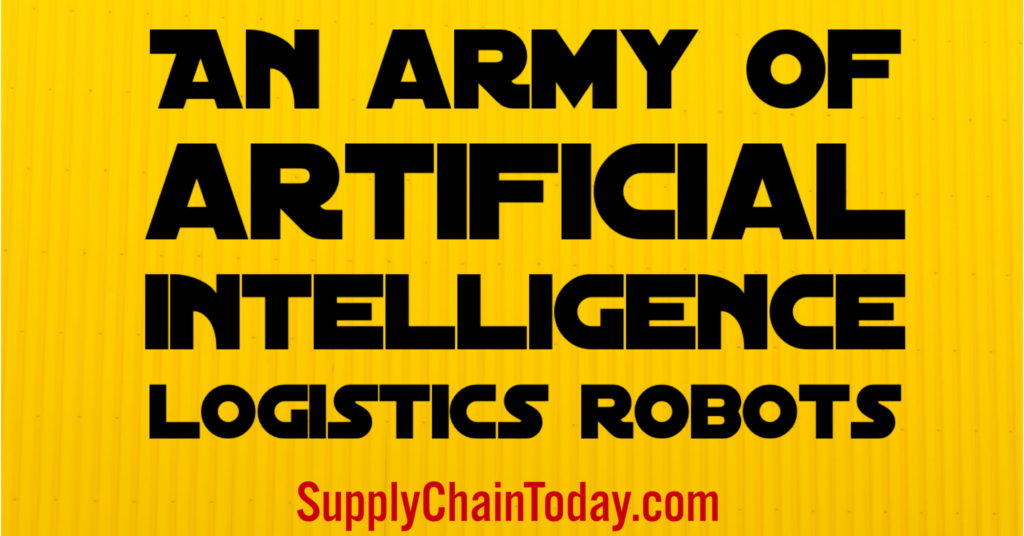
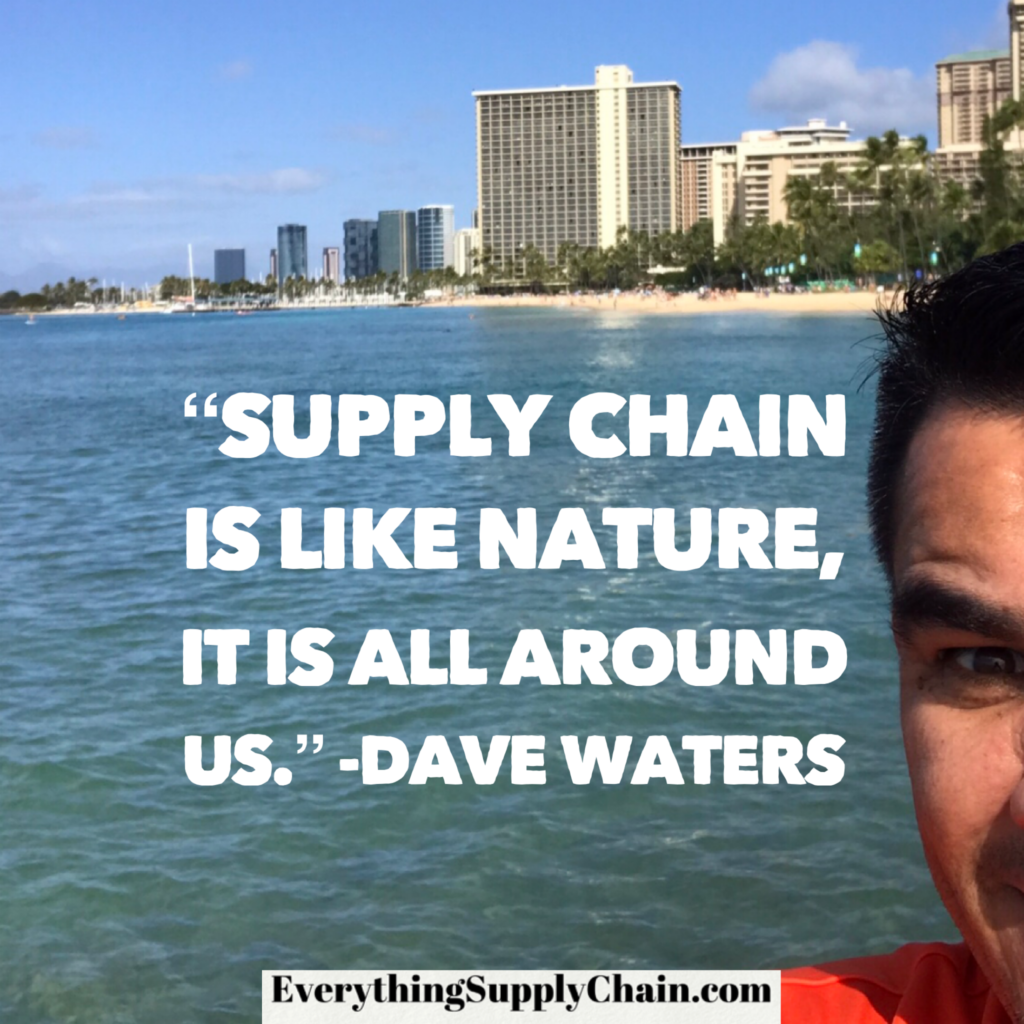
Facebook Comments
